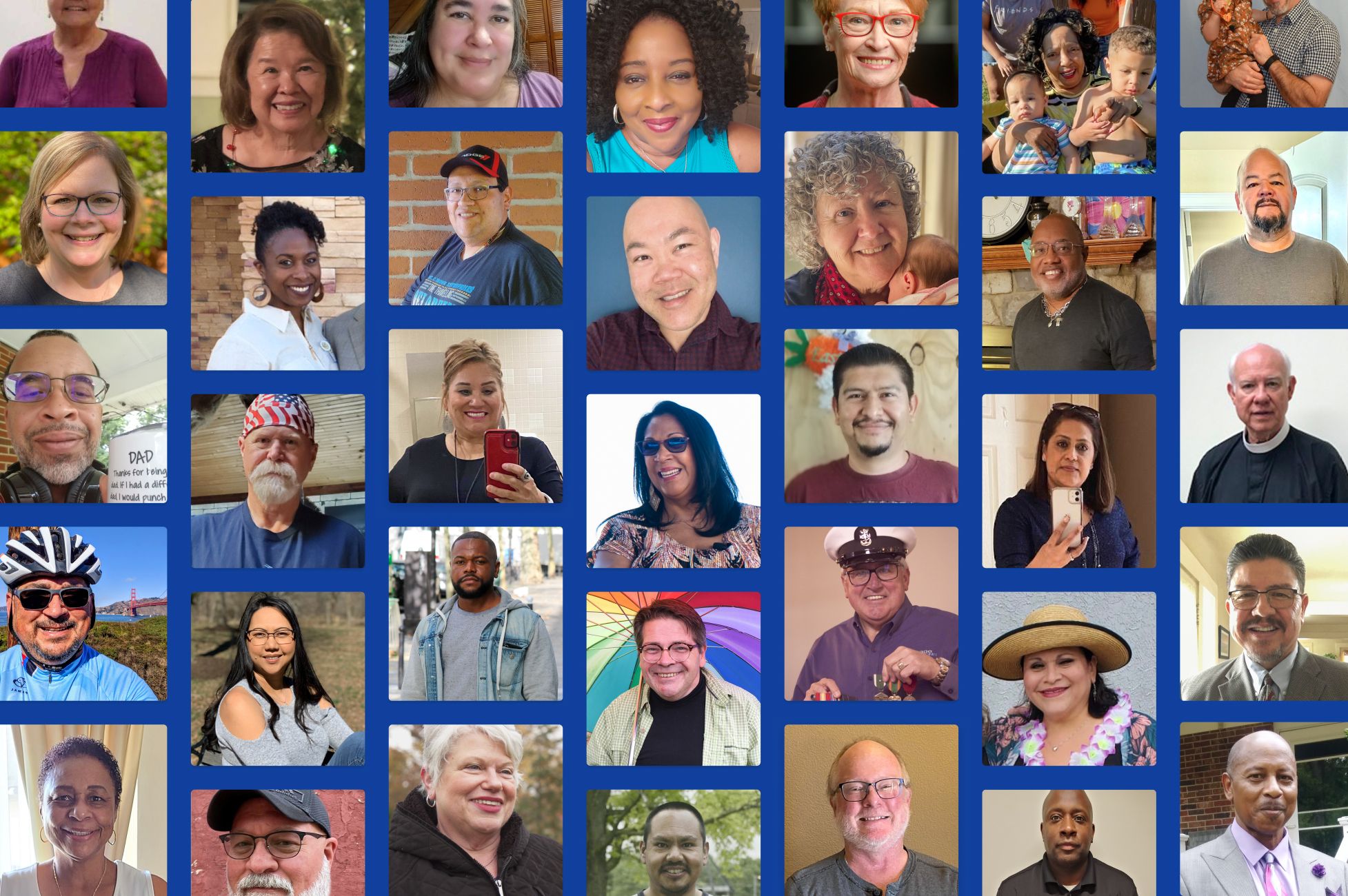
Closing the Gap: Making Equitable Diabetes Care a Reality
Everyone deserves to live their healthiest life. It’s time to reverse systemic inequities in diabetes—who gets it, and how they are treated. It’s time to reverse the status quo in diabetes treatment.
Diabetes doesn't impact everyone equally
People identifying as Black, Indigenous, or Hispanic and those with low-income, irrespective of race or ethnicity, are more likely to have type 2 diabetes and to suffer serious complications as a result¹. These disparities often persist in traditional models of care².
14.5% of Indigenous Americans have diagnosed diabetes, higher than any other group¹
Adults living below the poverty line have 2x risk of diabetes-related mortality²
People with diabetes experience higher rates of food insecurity³
4 out of 5 people on insulin report struggling to pay for it⁴
Black Americans are about 50% more likely to have diabetes than non-hispanic whites people⁵
Nearly 40% of Hispanic or Latino Americans with diabetes have not been formally diagnosed⁵

Former Virta Member
Elizabeth, Chickasaw Nation
"I’m a Native American, and diabetes is rampant in our community. We are constantly seeing the horrors of diabetes, including progressive sickness, blindness, kidney issues, amputations, and sometimes even death. It’s important to me to convey the hope for a healthier life that Virta has brought me to other Native Americans so that they can experience this lifestyle change like I did."
Virta's health equity outcomes
Regardless of race and ethnicity, everyone improves their diabetes on Virta (measured by A1c, or blood sugar control.⁶) Lowering blood sugar can reduce the risk for complications like kidney disease, eye problems, and amputations that are more likely to affect different groups. And Virta patients see significant A1c improvement irrespective of the socioeconomic conditions of the location or neighborhood in which they live (measured by the Area Deprivation Index)⁷.
But the work is far from over. Read more about Virta's outcomes across racial and ethnic groups, patients living in neighborhoods with a wide range of socioeconomic conditions, and opportunities for closing the gaps that still exist in “Addressing Disparities in Diabetes Care.”


Closing the Gap: Making Equitable Diabetes Care a Reality
Read our new report exploring how health disparities contribute to higher prevalence and worsening outcomes in type 2 diabetes, and how we can make more equitable care a reality.
Download our report on health equity
Taking action: Virta's commitments to health equity
While Virta patients from all groups see health improvements, we are committed to making Virta more accessible and welcoming more diverse patients into our care.
What we're doing now
Collect data and understand disparities
Deliver reversal at scale
Introduce new features
What we're doing next
Learn
Invest
Measure
Additional resources
- CDC, National Diabetes Statistics Report, 2020
- Hill-Briggs F, Adler NE, Berkowitz SA, et al. Social Determinants of Health and Diabetes: A Scientific Review. Diabetes Care. 2020 Nov 2;44(1):258–79. doi: 10.2337/dci20-0053.
- Kirby JB, Bernard D, Liang L. The Prevalence of Food Insecurity Is Highest Among Americans for Whom Diet Is Most Critical to Health. Diabetes Care. 2021; 44 (6): e131–e132
- Gordon, Deb, 4 Out Of 5 Americans With Diabetes Went Into Debt To Pay For Insulin, New Survey Shows, Forbes Magazine, June 2022.
- Northeast Business Group on Health. Obesity, Diabetes, and Racial Health Equity: What Employers Can do. March 2022. https://online.flippingbook.com/view/644877113/
- Virta Health Registry, covariate adjusted mean A1c at baseline and 6 months among T2D patients retained ≥ 180 days (83% retention) with lab HbA1c at 6±3 months (Cohort of n=7031), data as of 7/11/2022.
- Virta Health Registry, covariate adjusted mean A1c at baseline and 6 months among T2D patients retained ≥ 180 days (83% retention) with lab HbA1c at 6±3 months (Cohort of n=7031), data as of 7/11/2022.

